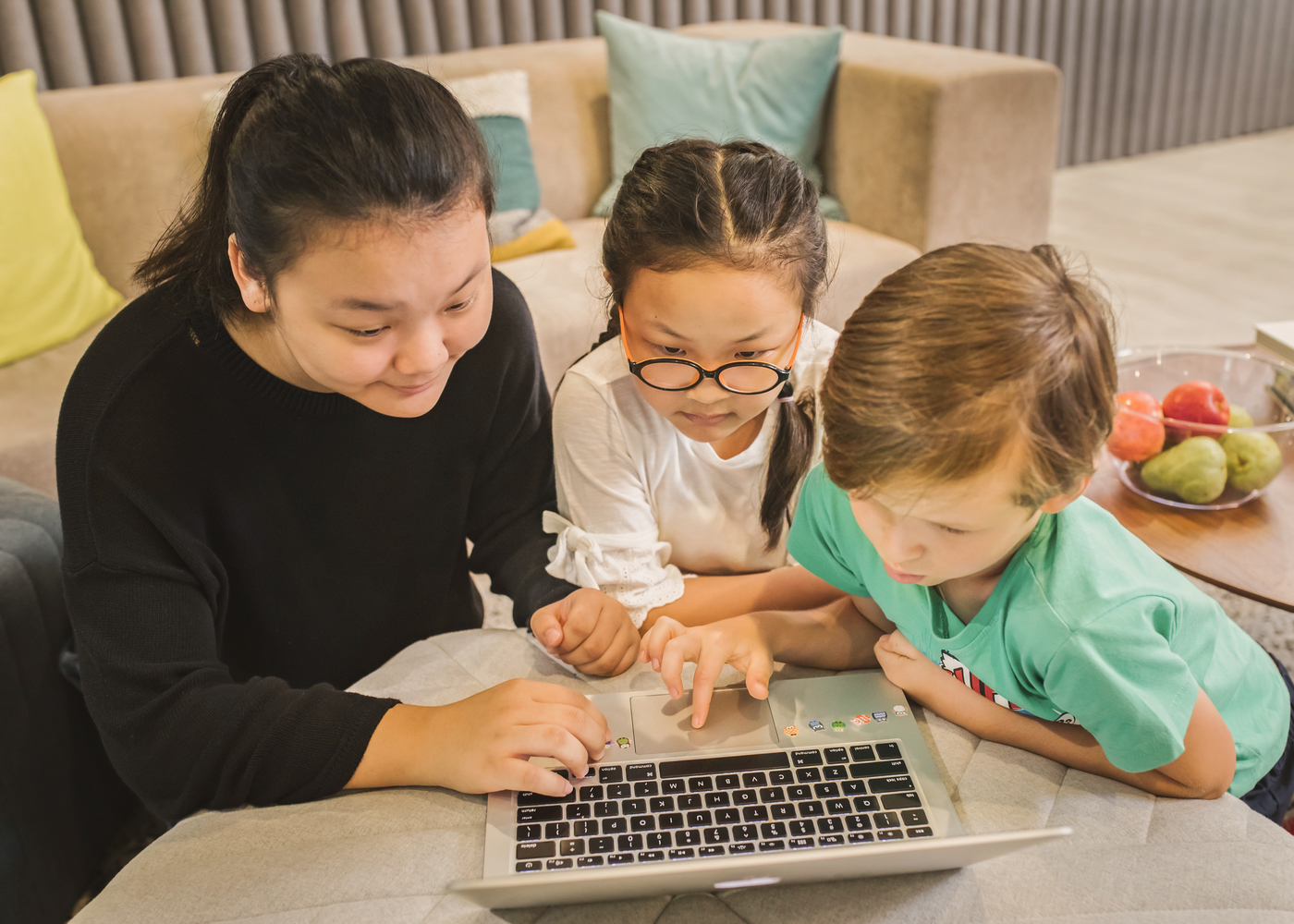Setting your child up for e-learning involves more than giving them a device, logging them in, and letting them learn. While some children do well without supervision, that is not the case for all of them. Even independent students who do not need your assistance can benefit from the occasional input. No matter how your child is doing with e-learning, you should pay attention to what they spend time on during their learning, as this will provide you with some insights into their learning habits and ways you can help.
As you evaluate your child’s e-learning, remember that they do not need to spend as much time online as they would with in-person learning. The National Board of Professional Teachers suggests that kids in primary school only need one to two hours a day and even those in high school only need three to four.

Looking at time spent can help pinpoint strengths and weaknesses
One of the most useful things you can learn from how your child spends their time during e-learning is their strengths and weaknesses. In most cases, children will spend more time on lessons focusing on their weaknesses, even if the lesson itself is the same length as one on their strength. This comes from the simple fact that it takes longer to understand the concept.
However, keep in mind that not all students are the same. Some will just breeze through lessons in which they are weak, as they feel a lack of motivation. Because of this, you need to combine your evaluation of how they spend their time with knowledge as to what type of learner your child is, specifically which approach they take to weaknesses.
Once you use their time spent e-learning to determine strengths and weaknesses, you can offer support for weak areas and praise for strong areas. You may even want to ask your child if they want advanced lessons in their strengths.
Use their time to find the best learning style
You can also look at how your child spends their time during e-learning to figure out which learning style best suits their needs. From there, you can take steps to ensure that their online lessons work with their learning style.
Look for insights, such as whether your child does best with video lessons or written lessons that require reading. Do they learn best with examples or solving problems themselves? You can even experiment with such things as adjusting the volume, turning captions on or off on videos, and changing the screen brightness. You may also notice your child benefits from a text-to-speech program.
Comparing time on the screen to time off-screen
While e-learning primarily occurs on the computer, some of the lessons will involve spending time off the computer. For example, it is common to complete math problems with a pencil and paper instead of on the screen. Your child may also want to print out worksheets and do them offline.
If it seems as if your child is spending all their learning time on the device, then make it a point to incorporate some offline learning time, as well. Spend a few minutes with your child applying new math concepts to real-world items, like play food items. Not only will this give them a break from the screen so their eyes can rest, but it will also help them see some real-world examples of how they will use their knowledge in the future.
When your child is on their device, experts suggest you minimize the strain on their eyes. Make sure the computer is at least 60 centimeters from their face and that they take a 15-minute break (or longer) after using the device for two hours.
If they are spending time on distractions
As you look at what your child spends time on when e-learning, be on the lookout for distractions. It is incredibly easy for students to get distracted when learning from home, especially if it is new for them. If you notice your child is wasting too much time with distractions, then re-evaluate their workspace.
Remember that their workspace should be set up to minimize distractions. Keep the area relatively clean and without toys or electronics other than those needed for e-learning. If your child seems to get easily distracted by other programs on the computer or tablet they use for learning, then consider removing those from the device or setting up separate profiles or parental locks, so they are not accessible during designated learning hours. Ideally, your child will have a dedicated workspace just for learning, so they will associate their time there with focusing.